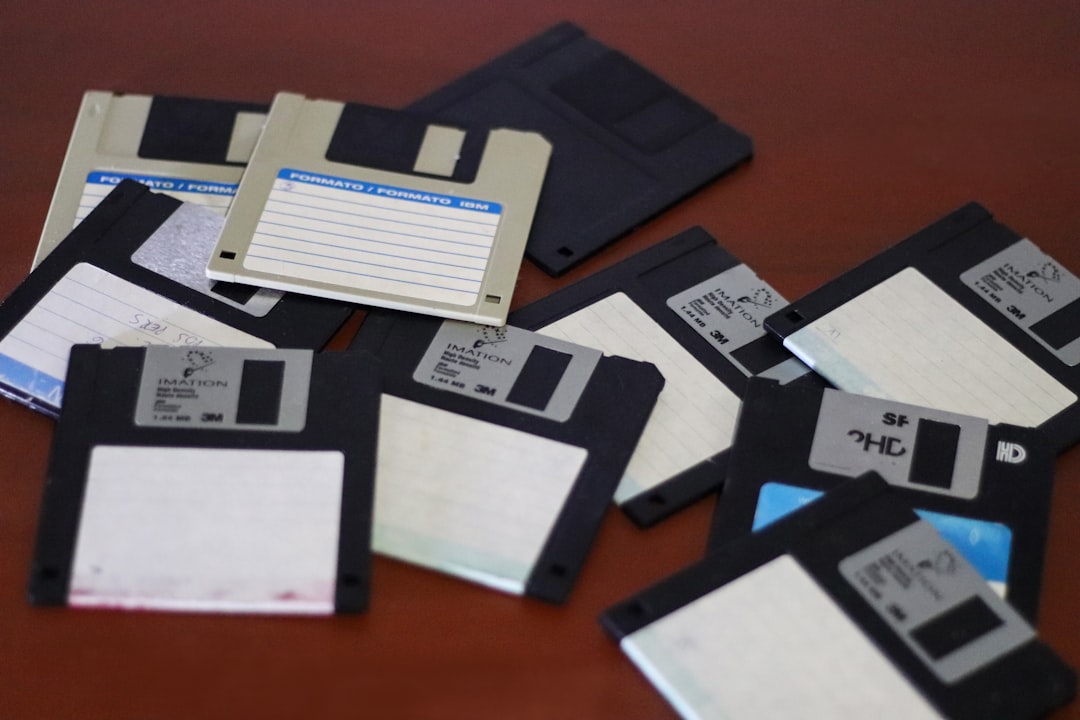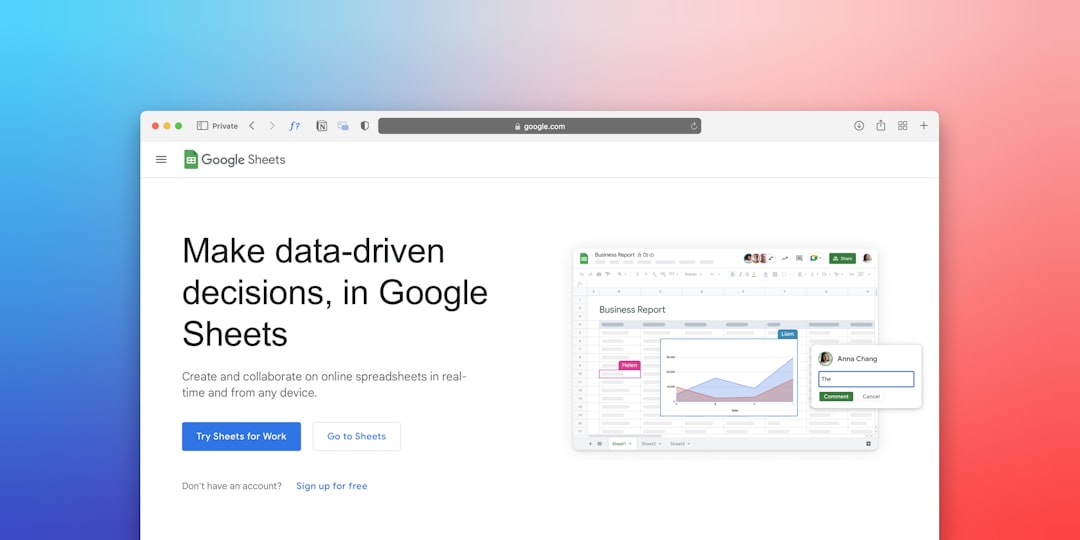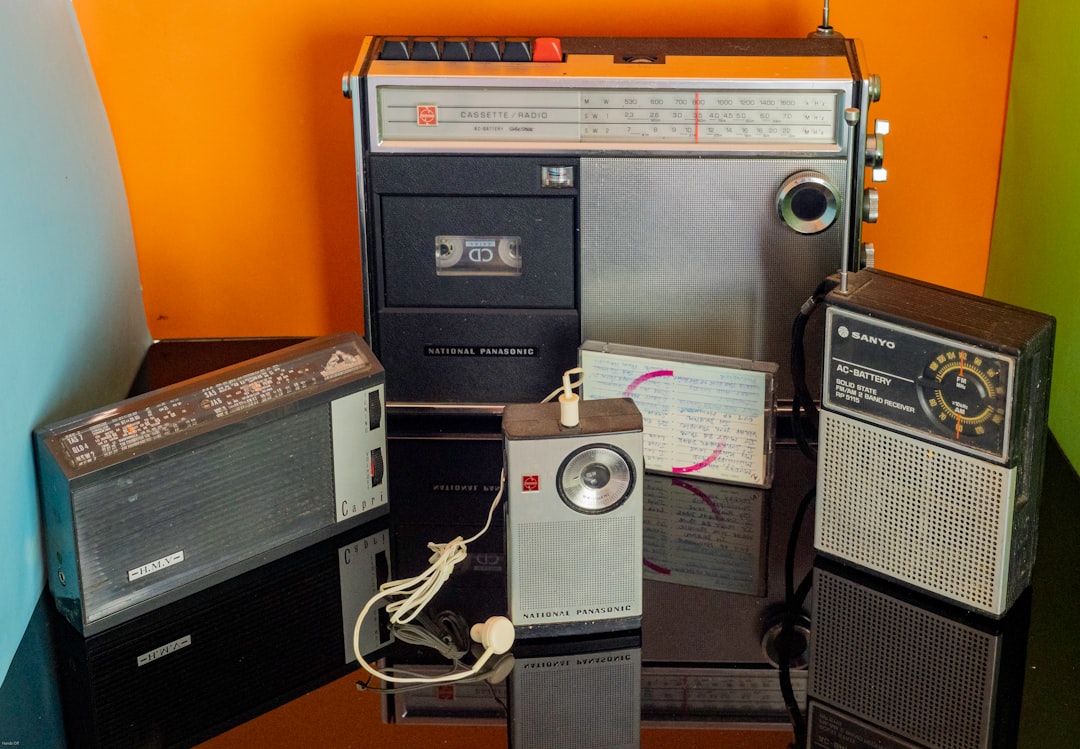In the ever-evolving landscape of technology and digital communication, one tool consistently proves invaluable to researchers, historians, journalists, and digital enthusiasts alike—the Wayback Machine. Created by the Internet Archive, the Wayback Machine offers snapshots of websites from their inception to present day, effectively allowing users to step back in time and view older versions of web pages. This ability is not only fascinating but also crucial for the preservation of our digital heritage.
The Need for Archiving the Internet
The internet is the world’s largest repository of information. It hosts express opinions, academic discussions, breaking news, digital art, and countless other kinds of content. However, unlike printed materials, digital content is extraordinarily vulnerable to being lost. Web pages can be altered, taken down, or overwritten without any public record.
In this context, the Wayback Machine steps in as a digital time capsule. It has archived over 800 billion web pages as of 2024, providing a substantial and ever-growing dataset for tracking historical trends, verifying news, and understanding the digital past.

What is the Wayback Machine?
The Wayback Machine is a service provided by the Internet Archive, a non-profit organization founded in 1996 by Brewster Kahle. Its goal is to provide “universal access to all knowledge.” The Wayback Machine supports this mission by storing historical versions of web pages, which users can access via URL and date selection.
Key Features of the Wayback Machine:
- Temporal Web Access: View how any website looked at a specific point in time.
- Snapshot Frequency: Some sites have thousands of archived snapshots, allowing for fine-grained historical analysis.
- Multimedia Archiving: In addition to text, the Wayback Machine attempts to capture images, PDFs, videos, and other types of media.
- Embeddable URLs: Archived pages come with unique, permanent URLs for citation and research purposes.
Why It’s Essential for Researchers
Research in the digital age demands reliable, citable sources. Academic work, fact-checking, and journalism all benefit significantly from the ability to verify and revisit online sources that may have disappeared or been modified.
Here’s why the Wayback Machine is indispensable for researchers:
1. Tracking Digital Evolution
Websites evolve constantly. Whether it’s the changing homepage of a government agency, a tech company’s product timeline, or the updates on an activist organization, having a historical record helps researchers understand how digital narratives progress over time.
2. Verifying Online Claims
In times of fast-spreading misinformation, especially during elections or crises, archived web pages can be referenced to confirm original statements or timelines. The Wayback Machine acts like a digital notary, offering tamper-proof versions of past web pages.
3. Preserving Vanished Content
Some websites disappear due to business closures, domain expiry, or censorship. When this happens, the Wayback Machine may be the only avenue to retrieve crucial content that has vanished from the live internet.
4. Citations in Academic and Legal Work
Legal cases and academic papers increasingly cite archived pages to maintain a stable reference point. This prevents the issue of “link rot,” where URLs in older documents point to pages that no longer exist or have changed content.
A Tool for Journalists and Media Professionals
Journalists frequently turn to the Wayback Machine to check what a press release said before it was revised, or to track changes made to online articles. With fast-paced news cycles and strategic editing of online content, having access to past versions allows for critical reporting and accountability.
Moreover, it can serve as a goldmine for investigative reporting. Journalists can monitor how companies or personalities have reshaped their online presence over time, revealing inconsistencies or suspicious behavior.

Preserving Cultural and Social History
Much like how libraries have preserved newspapers, magazines, and books for centuries, the Wayback Machine stores the web’s cultural and societal evolution. Forums, early blogs, and even MySpace profiles paint a vivid picture of past years’ online life. For anthropologists, sociologists, and digital humanists, this resource is invaluable.
Examples include:
- Early discussions on forums about emerging technologies
- Historic online reactions to global events, like 9/11 or the 2008 financial crash
- Online activism campaigns and social movements like #BlackLivesMatter or climate protests
Such records support rich narratives that wouldn’t exist without a comprehensive web archive.
Challenges and Limitations
Despite its usefulness, the Wayback Machine is not without limitations. Some websites block crawling and archival through their robots.txt files, removing their data from public view. Others may be excluded due to legal takedown requests or copyright issues. Also, not every snapshot is perfect—some pages may lack images or dynamic content due to how modern web technologies work.
These limitations remind us that the preservation of digital content still faces technical and legal roadblocks. Nevertheless, the bulk of what’s accessible is still an extraordinary achievement—and a starting point for deeper preservation efforts.
The Future of Digital Preservation
As AI and machine learning improve, the ability to archive and retrieve web data will likely grow more sophisticated. Enhanced user interfaces, improved optical character recognition (OCR) for archived documents, and more efficient indexing will make the Wayback Machine even more usable for future generations.
Further collaboration with libraries, educational institutions, and global organizations could also broaden the scope of what gets preserved. Offering multilingual support and country-specific archives would help represent the global web more equitably.
How You Can Get Involved
Being a non-profit project, the Internet Archive welcomes contributions and participation. You can help by:
- Donating: Financial aid supports the continued operation and expansion of the archive.
- Using their Save Page Now Feature: Instantly archive a web page by entering its URL at archive.org/web.
- Educating Others: Share knowledge about the Wayback Machine and how it can aid research and digital preservation.
Conclusion
The internet has become not just a repository of information but a reflection of human civilization in the digital age. Preserving its contents—its beauty, chaos, and complexity—is crucial for keeping a record of who we are and who we’ve been. The Wayback Machine is more than just an archive; it’s a tool for truth, memory, and understanding.
Whether you’re a researcher verifying facts, a journalist chasing a lead, a student writing a paper, or just a curious mind seeking to glimpse the digital past, the Wayback Machine is an essential companion on your journey through the rich and changing landscape of the internet.
